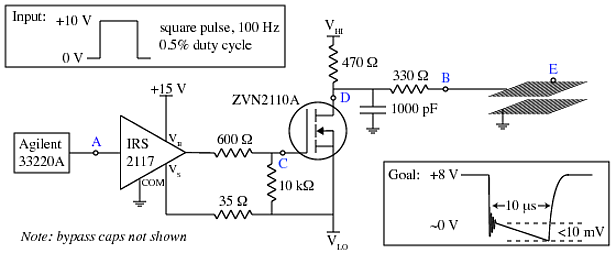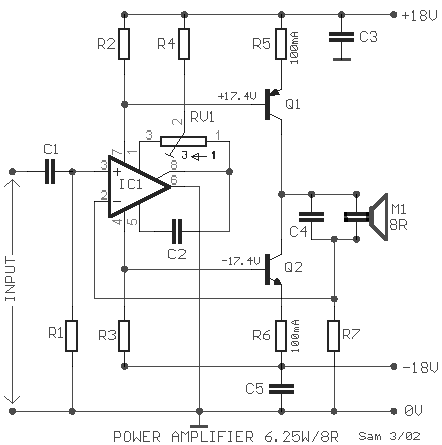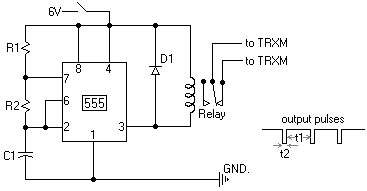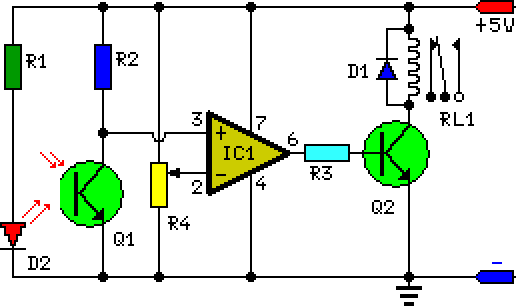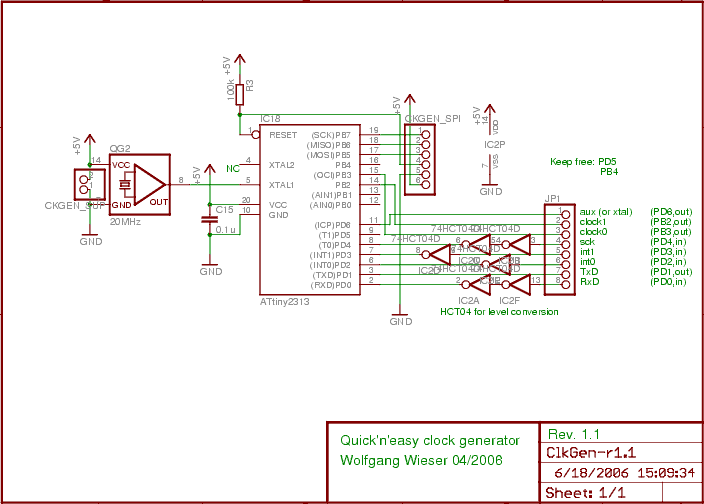
Key code lock switch circuit
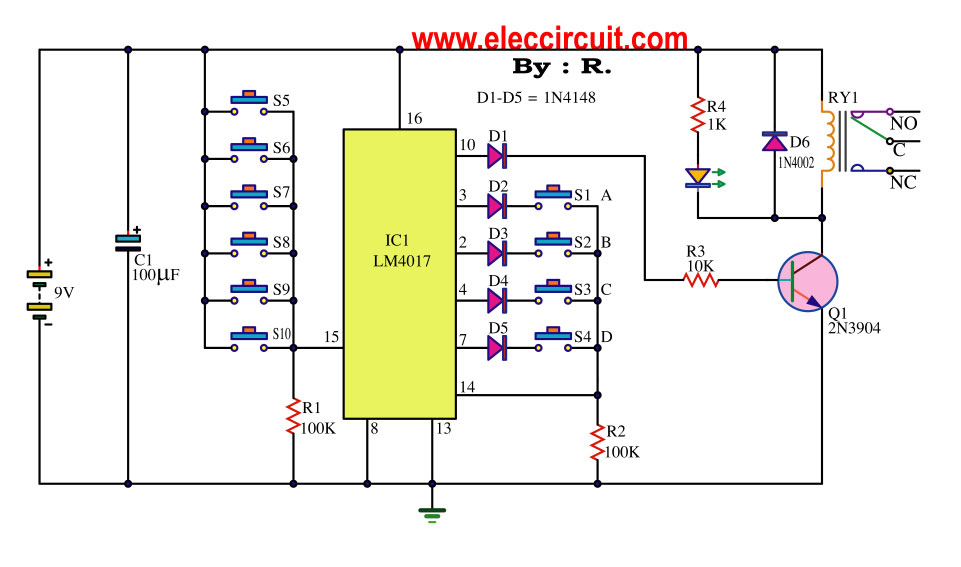
This key code switch circuit is an electronic circuit designed to replace conventional key switches, eliminating the need for physical key inserts.
The key code switch circuit utilizes a microcontroller or a dedicated integrated circuit (IC) to interpret key codes entered by the user. This method enhances security and convenience, as it allows for various functionalities without the physical wear and tear associated with traditional mechanical switches.
Typically, the circuit comprises a keypad interface, which may consist of a matrix of buttons or a touch-sensitive surface. When a user inputs a code, the circuit processes the input through a digital signal processor or microcontroller, which compares the entered code against a pre-stored code in its memory. If the entered code matches the stored code, the circuit triggers an output signal that can activate or deactivate a connected device, such as a lock, alarm, or any electronic system requiring authentication.
Power supply requirements for this circuit are generally low, often allowing it to operate on standard batteries or a low-voltage power source. Additionally, the circuit may include features such as LED indicators to provide visual feedback on the status of the key code entry, ensuring the user is aware of successful or failed attempts.
In terms of security, the implementation of a key code switch circuit can incorporate features like timeout periods after multiple failed attempts, making it more difficult for unauthorized users to gain access. Furthermore, some designs may allow for the code to be changed periodically, adding an additional layer of security.
Overall, the key code switch circuit represents a modern solution for secure access control, combining user-friendly design with advanced electronic functionality.This key code switch circuit is a type of electronic circuit that is created to replace conventional normal key switch. Without inserts a keys. But you can.. 🔗 External reference
The key code switch circuit utilizes a microcontroller or a dedicated integrated circuit (IC) to interpret key codes entered by the user. This method enhances security and convenience, as it allows for various functionalities without the physical wear and tear associated with traditional mechanical switches.
Typically, the circuit comprises a keypad interface, which may consist of a matrix of buttons or a touch-sensitive surface. When a user inputs a code, the circuit processes the input through a digital signal processor or microcontroller, which compares the entered code against a pre-stored code in its memory. If the entered code matches the stored code, the circuit triggers an output signal that can activate or deactivate a connected device, such as a lock, alarm, or any electronic system requiring authentication.
Power supply requirements for this circuit are generally low, often allowing it to operate on standard batteries or a low-voltage power source. Additionally, the circuit may include features such as LED indicators to provide visual feedback on the status of the key code entry, ensuring the user is aware of successful or failed attempts.
In terms of security, the implementation of a key code switch circuit can incorporate features like timeout periods after multiple failed attempts, making it more difficult for unauthorized users to gain access. Furthermore, some designs may allow for the code to be changed periodically, adding an additional layer of security.
Overall, the key code switch circuit represents a modern solution for secure access control, combining user-friendly design with advanced electronic functionality.This key code switch circuit is a type of electronic circuit that is created to replace conventional normal key switch. Without inserts a keys. But you can.. 🔗 External reference
